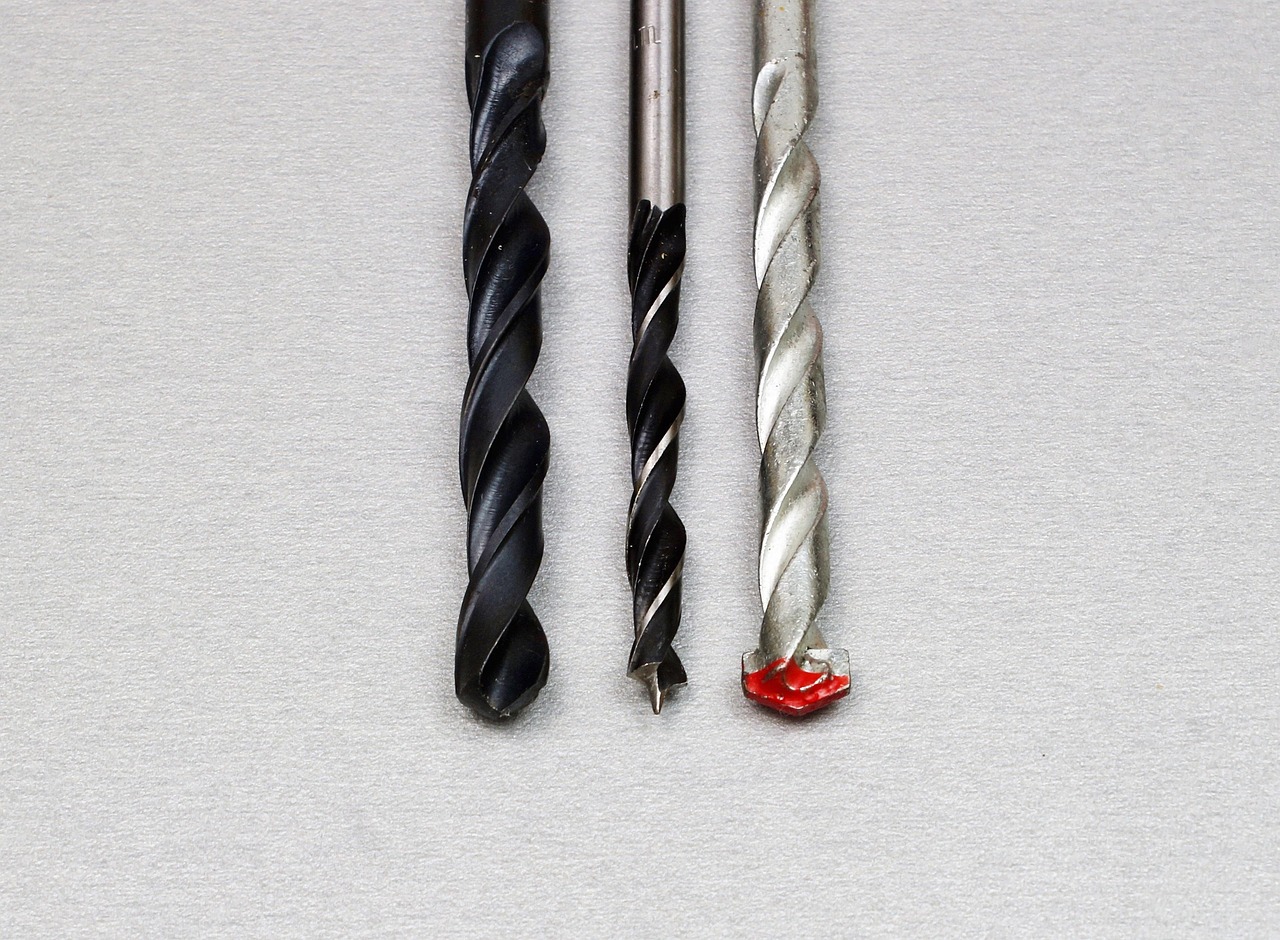Phone:
(701)814-6992
Physical address:
6296 Donnelly Plaza
Ratkeville, Bahamas.

The manufacturing of drill bits is a complex and precise process that combines materials science, mechanical engineering, and modern automation.
Step 1: Raw Material Selection
The process begins with choosing the appropriate raw materials. For general-purpose drilling, high-speed steel (HSS) is commonly used due to its toughness and heat resistance. For harder materials, cobalt-alloyed steel or tungsten carbide is preferred. For ceramic, tile, and glass, diamond-tipped or electroplated bits are ideal.
Step 2: Forging and Shaping
The selected material is cut into rods and shaped using CNC (computer numerical control) machines. These machines ensure high dimensional accuracy and repeatability, especially for spiral flutes and cutting edges.
Step 3: Heat Treatment
Once shaped, the drill bits undergo heat treatment to harden the material. Controlled heating and cooling improve hardness and wear resistance, ensuring that the drill bit can endure high-stress drilling without deforming or breaking.
Step 4: Grinding and Sharpening
The flutes and tips are ground with high-precision grinding wheels. This step is critical for performance because the cutting edge must be sharp and symmetrical for smooth drilling.
Step 5: Surface Coating (Optional)
Some drill bits are coated with titanium nitride (TiN), black oxide, or other protective layers to reduce friction and increase lifespan.
Step 6: Quality Inspection
Each batch is tested for hardness, concentricity, balance, and cutting performance to ensure consistent quality.
This combination of advanced technology and strict quality control allows manufacturers to produce drill bits that meet the demands of modern industrial and DIY applications.